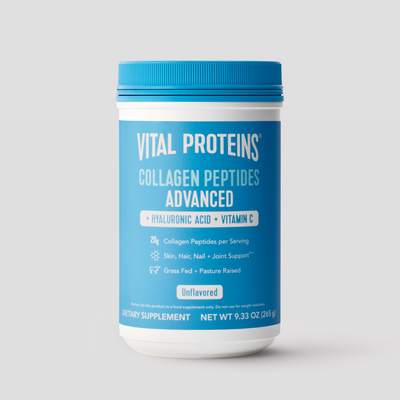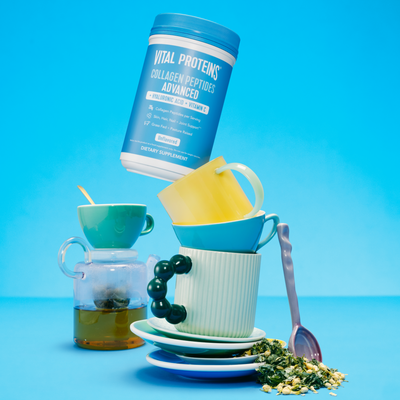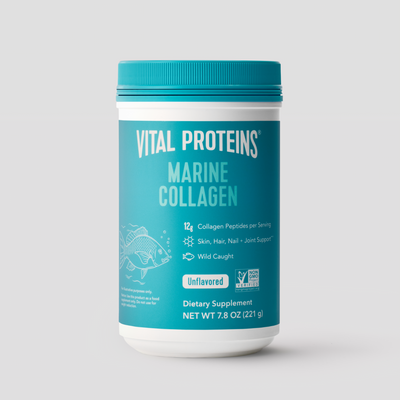The pomegranate fruit is technically considered a berry, and measures about 5-12 centimeters in diameter. It resembles an apple shape with a stem on top and boasts a beautiful, picture-perfect red magenta color. While the exterior skin is inedible and tough, the treasures of the pomegranate fruit are the juicy seeds – or arils – found within.
Pomegranate season occurs from late September through November, though many are often available through January, making them the perfect addition to your holiday spread. Most pomegranates are grown in California, as pomegranate trees require ample heat to grow and ripen.
When choosing a pomegranate, aim for a plump, rounded fruit that is free of bruises, cuts and dents. Pomegranates will bruise easily when they are ripe, so many of them are picked when they are under-ripe. Pomegranates can be kept and stored on countertops for up to two weeks, and they can also be refrigerated.
Related Articles
The arils will keep up to a week if stored in an airtight container in the refrigerator. You can also store them for up to a year in the freezer.
Nutrition Content of Pomegranate Seeds
Pomegranates are sprinkled with an impressive nutrient profile. In fact, one cup of arils offers nearly 7g of fiber and 3g of protein. Additionally, pomegranate arils are high in vitamin C and vitamin K, with one cup offering nearly 1/3 of the daily recommended amount of each. Pomegranate arils are also high in folate, potassium and antioxidants.
How To Peel A Pomegranate
Cutting into a pomegranate without a proper plan can be a bit messy and the juice can stain. To safely remove the seeds and arils, first cut a pomegranate into quarters, breaking the fruit into four pieces with your hands. Have a bowl of water nearby. To release the arils from the rind, place each quarter into the bowl of water. Using your fingers, separate the seeds from the flesh under the water. This helps prevent any splashing of the seeds and juice, and also makes it easier to break apart. The flesh and white rinds will float to the top of your water bowl and you can discard them.

Once you have removed the arils from all of the flesh, use a spoon or strainer to remove the seeds from the water. You may have a few small pieces of rind to remove and you can either save or discard the water.
How To Use The Seeds & Arils
While most of the laborious work in preparing to enjoy pomegranate arils comes from separating the arils from the skin, once you have the arils free you can enjoy them as you would any fruit. They are very versatile, delicious, tart and slightly sweet when eaten alone. But, they also make great toppings for a variety of foods. Adding the arils to power balls makes for an easy on-the-go snack, like in these chocolate pomegranate energy balls. Additionally, the arils are wonderful additions to yogurt, oatmeal, pancakes, waffles, baked goods and can even be juiced.

















